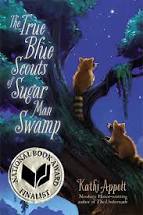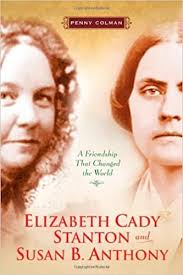The Housekeeper and the Professor
Yoko Ogawa
I was used to absurd demands from my employers—that I wear a different color ribbon in my hair every day; that the water for tea be precisely 165 degrees; that I recite a little prayer every evening when Venus rose in the night sky—so the old woman’s request struck me as relatively straightforward. “Could I meet your brother-in-law?” I asked. “That won’t be necessary.” She refused so flatly that I thought I had offended her. “If you met him today, he wouldn’t remember you tomorrow.”
By the time that Akebono Housekeeping Agency had sent her to work for the Professor, his card had already amassed nine blue stars—one for each time a housekeeper had to be replaced. If she failed, she would be the tenth. The job seemed easy enough: care for a man in his early 60s, work Monday to Friday from 11 am to 7 pm, prepare lunch and dinner, perform basic housekeeping, and do the shopping. The only caveat? The man—a former math professor—had a memory that only lasted eighty minutes. So began a unique friendship that would start over every hour and twenty minutes. A relationship as mysterious, complex, and intricate as the numbers that filled the Professor’s life.
Ogawa gives us a hauntingly beautiful story about kindness, loyalty, and friendship. Despite giving her characters no names (with the exception of the Housekeeper’s son who is nicknamed Root), these individuals still manage to leap off the page and burrow their way deep into your heart. Both the Professor and the Housekeeper are sympathetic and deep characters who justly deserve our compassion. The Professor remains largely unaffected by the new memories and friendships he’s made; however, when he becomes aware (either vocally or visually) of his loss, you can feel the torment, anguish, and misery literally slicing through his soul. Likewise, the Housekeeper bears an equally heavy emotional burden as she lives each day with the realization that after eighty minutes has passed, the Professor will neither remember nor miss her. This book will tug on every single heart string you possess, yet Ogawa still manages to give us a story filled with joy and hope.
The only minor downside is that The Housekeeper and the Professor does go deep into the mathematical weeds on several occasions with lengthy explanations of various theorems, laws, and formulas. Fans of Pierre de Fermat, Leonard Euler, and Pythagoras will appreciate their numerous references (with Euler’s Formula being specifically highlighted). While the majority of us will tend to glaze over these facts (while reliving some uncomfortable high school math memories), math is the singular means with which the Professor has to communicate and connect with those around him and so these enthusiastic explanations are easily forgiven as they provide valuable insight into a complicated and troubled individual.
Galileo Galilei wrote, “Mathematics is the language with which God has written the universe.” No matter how much had been taken away from him, the Professor realized that math connects us all. It is indeed a universal language without barriers or limits. Understanding this now makes me wish that I had spent just a little bit more time appreciating my high school math teachers and everything they patiently tried to teach me.
Rating: 5/5
*Book cover image attributed to www.amazon.com
**Want more? Visit our Facebook page at www.facebook.com/thedustyjacket




